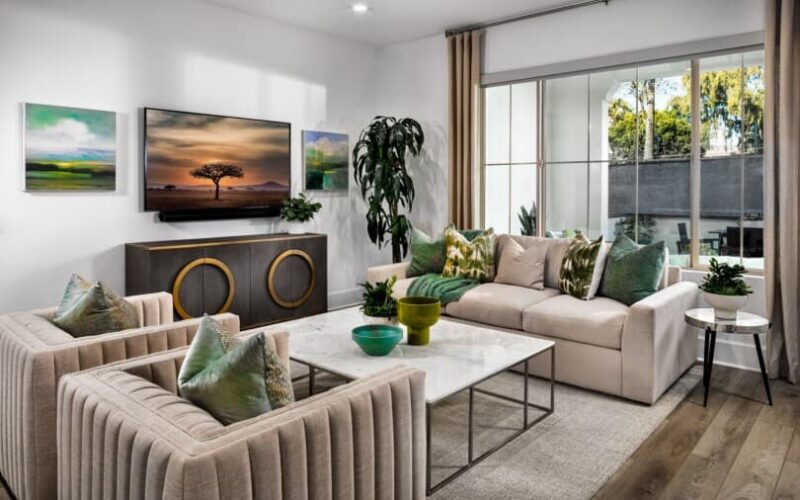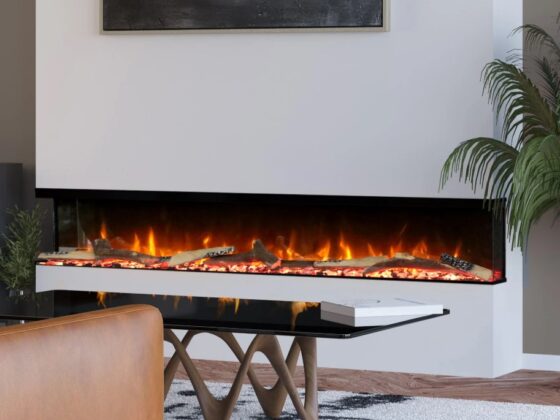Feng Shui. You’ve heard of it. You may have even considered giving it a go. But you got worried you’d get it wrong, so you gave up.
But Feng Shui is not really a rigid rulebook or impossible rituals. It’s an ancient Chinese practice, meaning ‘the way of the wind and water’, that explores how the energy of our surroundings affects our lives. The goal is to create a space that harmonises your energy with your home’s, so it’s aligned with who you are and where you want to go in life.
To embrace Feng Shui, you have to carefully consider what you allow to enter your home, how you arrange your rooms and how you care for your environment. According to Feng Shui, everything carries energy, even inanimate objects.
From Ancient China to Modern Homes
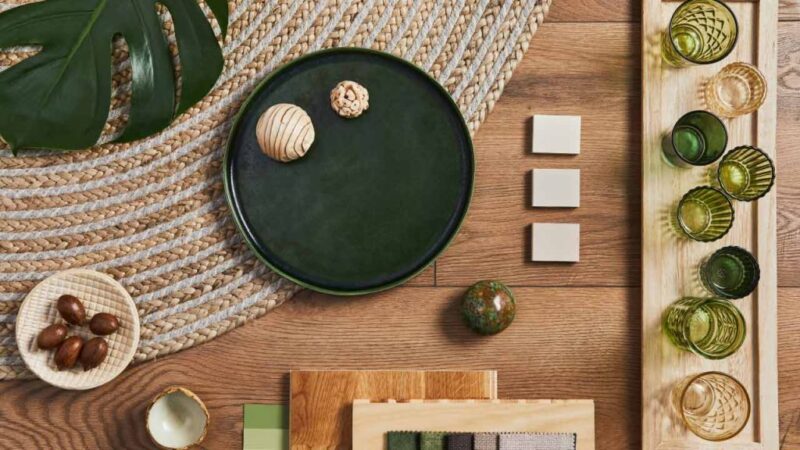
The ancient Chinese valued living in harmony with the natural world and their environment, believing that by doing so, they would achieve balance, peace, and health.
Feng Shui originally stems from Taoist philosophy and the concept of chi, the vital life force that flows through everything. Chi is composed of two complementary forces: yin and yang. These opposites, dark and light, soft and strong, must remain in balance for energy to flow freely and positively. So Feng Shui, at its core, is learning to balance the two forces by arranging furniture and decorations in a way that will improve the flow of positive chi in your life.
The Energy Flow Explained
You’ve probably heard that Feng Shui has a lot to say about where things go, especially in relation to doors and windows. That’s because these openings are where chi enters and exits your home. Place something in the wrong spot, and you could disrupt the natural flow of that energy.
The easiest way to change the Feng Shui of your room is to add or move one of the five elements (water, wood, fire, earth, and metal). Each item you have can be classified as one of these five types. So mixing, combining and subtracting these items can quickly improve the flow of positive chi.
The Basic Principles of Feng Shui
Feng Shui is all about establishing harmony between a person and their environment. Remember, everything in life is connected and flowing with the environment around it. The same applies to your home.
There are four main principles that support the positive flow of energy:
Chi
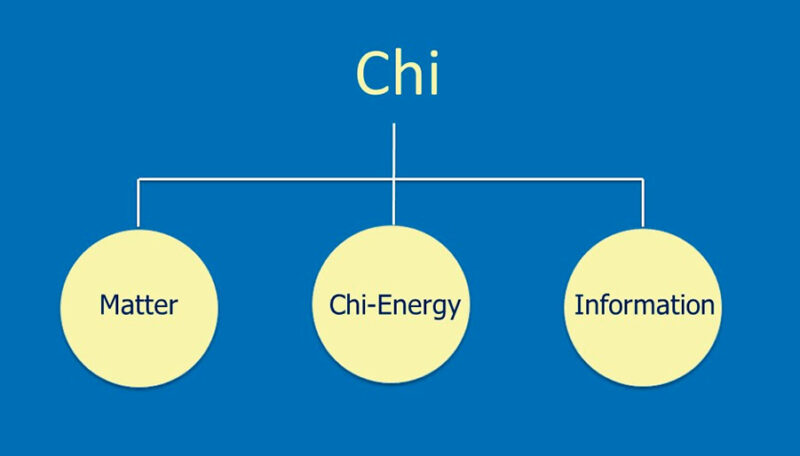
The vital energy. This is the main component to keep in mind when rearranging your home for Feng Shui. A large room with little furniture can overwhelm chi, making you feel lost. On the other hand, a small room packed with clutter doesn’t give chi space to move, resulting in feelings of stagnation.
Commanding Position
This is the spot farthest away from the door and not in direct line with it. Most often, it is diagonal to the door.
The commanding position is where you’ll typically want to spend the most time in a room; therefore, it should host the most prevalent piece of furniture. This would be the bed in a bedroom, a desk in an office, or the sofa in your living room.
Remember: For the best Feng Shui, you want to have a clear line of sight to the door from the commanding position.
Bagua
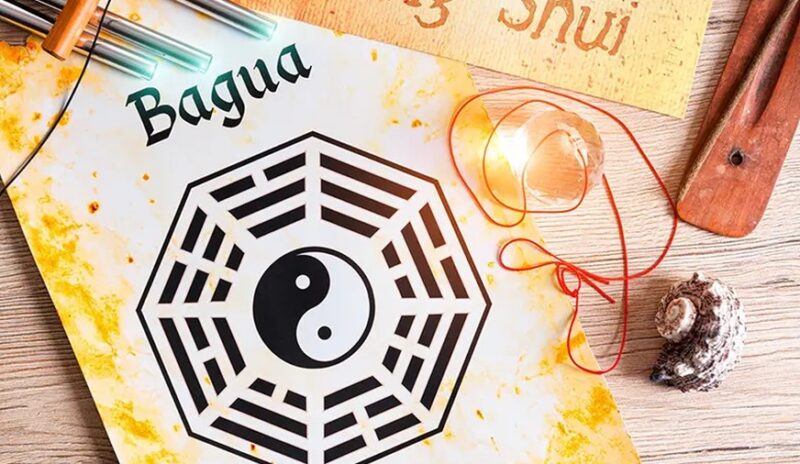
This is your Feng Shui energy map that correlates with your home’s floor plan. It means eight areas. Each one relates to a particular life area: family, knowledge, wealth, children, career, helpful people, fame, and partnerships. Each one also has corresponding shapes, colours, seasons, numbers, and earthly elements. At the centre of the Bagua is the ninth area, which is you, representing your health and wellness.
The Five Elements
Feng Shui separates all your items according to the five elements: earth, water, fire, wood, and metal. When applying feng shui in your home, the distribution of these elements should also be balanced. But what does each element mean for your home?
- Earth is stability and relates to knowledge and wellness. Colours associated with the earth include yellow, orange, and brown.
- Wood is vitality and relates to family. The colours you should follow for this element are natural greens and blues.
- Water is flow and shifts, symbolising your career. Black is the colour most commonly linked to this element.
- Fire is passion, and it is related to wealth and fame. The main colour is red.
- Metal is beauty and efficiency, focusing on helpfulness. Its colours are white and metallic.
Feng Shui In Your Home
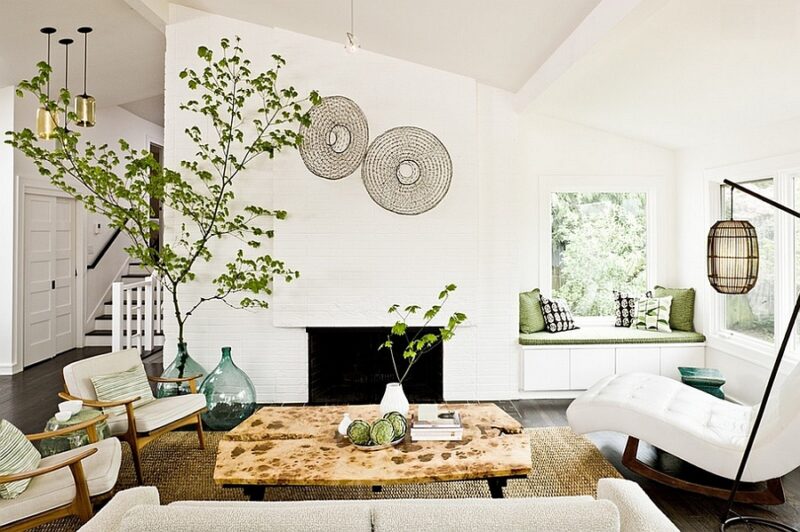
Now that you’re aware of the principles, it’s time to feng shui your home.
Place furniture so that it promotes chi in your home, evaluate your space’s commanding positions, and use the Bagua area map as a reference.
However, if you’re dying to try Feng Shui but are apprehensive about big changes, worry not. You can totally introduce it through small, meaningful changes.
One way to begin is through wall art. In Feng Shui, artwork is more than decorative- it influences the energy of a space. Choose pieces that evoke calm, joy, or abundance, and place a wall canvas, such as above the sofa, bed, or behind your workspace, to support the flow of positive chi.
Another easy shift would be clearing your entryway. This is where energy first enters your home, so keeping it tidy, well-lit, and free from clutter helps invite in fresh, vibrant chi.
Such small ideas can help you align your environment with how you want to feel and allow you space to support and uplift you every single day.
The Heart of Feng Shui
Contrary to some people’s beliefs, Feng Shui is not connected to superstitions and strict rules but rather to creating a home that supports your energy, goals, and wellbeing.
Every small change can help bring more harmony and purpose into your space. By tuning into your surroundings, you’re tuning into yourself as well. So, just start where you are, trust your instincts, and let your space become a partner in your growth.
